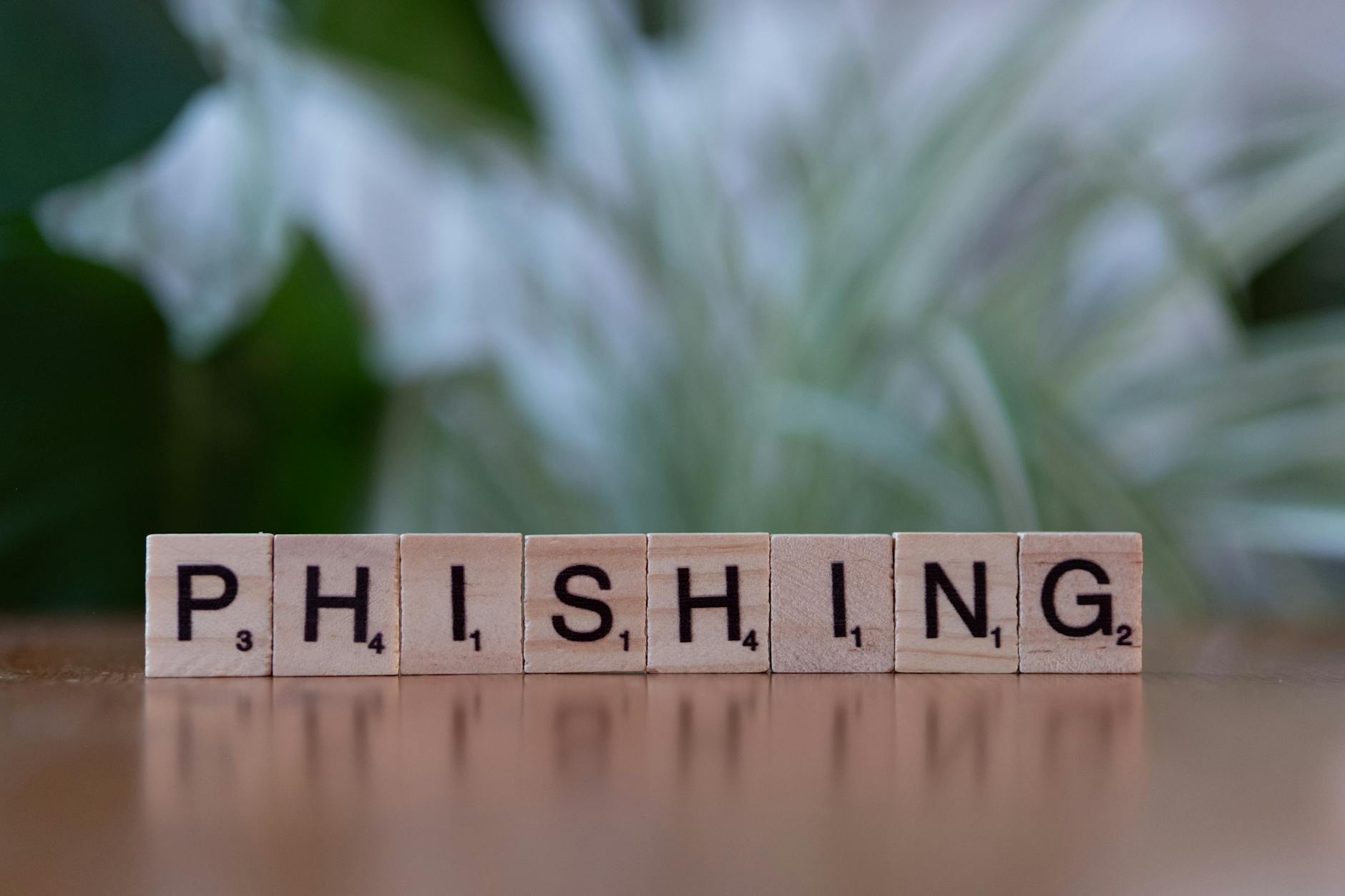In today’s digital age, protecting your personal and sensitive information from phishing emails is crucial. Phishing emails are malicious attempts by cybercriminals to steal your data, such as passwords, credit card details, and other sensitive information. These fraudulent emails often appear legitimate, making it challenging to distinguish them from authentic messages. To safeguard your data and privacy, it is essential to implement effective phishing email protection measures. This article provides valuable tips and strategies to help you recognize and prevent falling victim to phishing attacks.
Understanding Phishing Attacks
Phishing attacks involve cybercriminals sending deceptive emails designed to trick recipients into divulging confidential information. These emails often mimic messages from reputable sources, like financial institutions, online retailers, or government agencies. They typically contain urgent requests or alarming content to prompt recipients to take immediate action, such as clicking on malicious links or providing personal details.
Recognizing Phishing Emails
One of the first steps in protecting yourself from phishing emails is learning how to recognize them. Look out for common signs of phishing, such as:
– Suspicious Sender: Check the sender’s email address for any discrepancies or variations from the legitimate source.
– Urgent or Threatening Language: Phishing emails often create a sense of urgency or fear to manipulate recipients into acting impulsively.
– Mismatched URLs: Hover over links in emails to reveal the actual destination. Be cautious of URLs that do not match the purported source.
– Request for Personal Information: Legitimate organizations rarely request sensitive information via email. Be wary of any email asking for passwords, social security numbers, or financial details.
Implementing Email Security Measures
To enhance your email security and protect against phishing attacks, consider the following essential tips:
– Use Anti-Phishing Tools: Enable anti-phishing features provided by your email service provider or install third-party anti-phishing software.
– Enable Two-Factor Authentication (2FA): Utilize 2FA wherever possible to add an extra layer of security to your accounts.
– Educate Employees: If you are a business owner, conduct regular training sessions to educate employees on identifying and handling phishing emails.
– Report Suspicious Emails: If you receive a phishing email, report it to your email provider or IT department to prevent others from falling victim.
Stay Vigilant and Stay Safe
Phishing attacks continue to evolve, becoming more sophisticated and challenging to detect. By staying vigilant and implementing proactive security measures, you can significantly reduce the risk of falling prey to phishing scams. Remember to trust your instincts and verify the authenticity of emails before taking any action. Safeguarding your data and privacy is paramount in today’s interconnected world, and by following these essential tips, you can enhance your email security and protect yourself from potential threats.
In conclusion, phishing email protection is a critical component of maintaining your online security. By understanding how phishing attacks work, recognizing common signs of phishing emails, and implementing robust security measures, you can fortify your defenses against cyber threats. Stay informed, stay alert, and stay safe in the digital realm. Your data and privacy are worth protecting.



